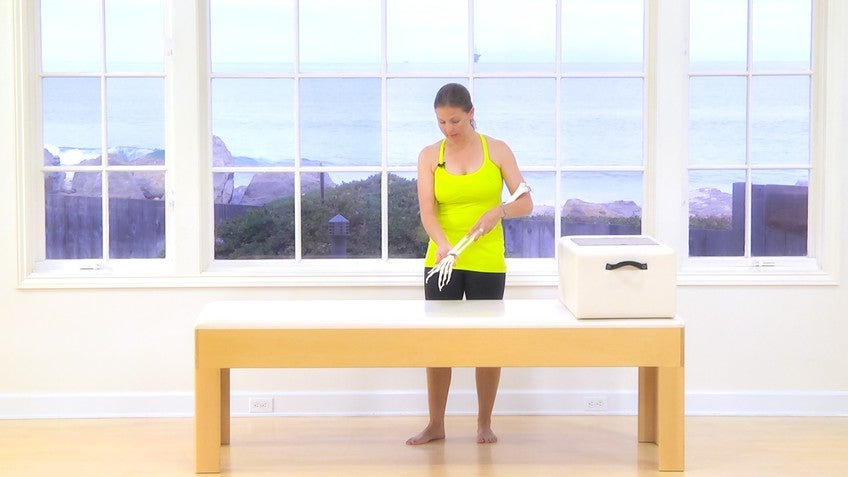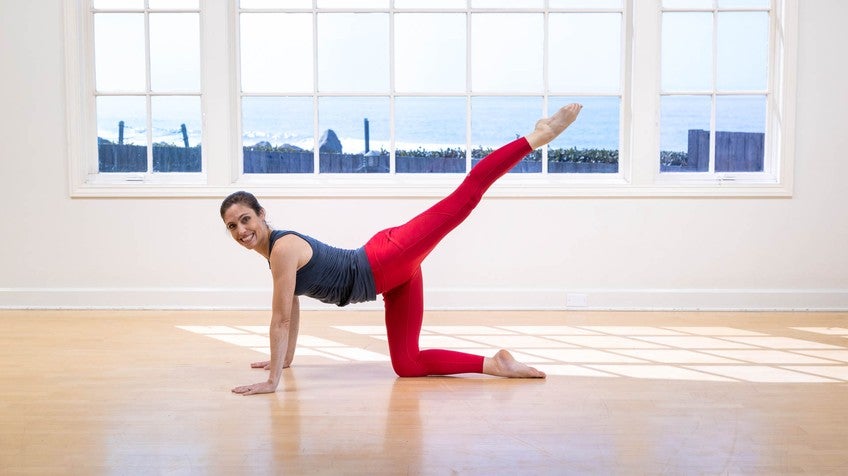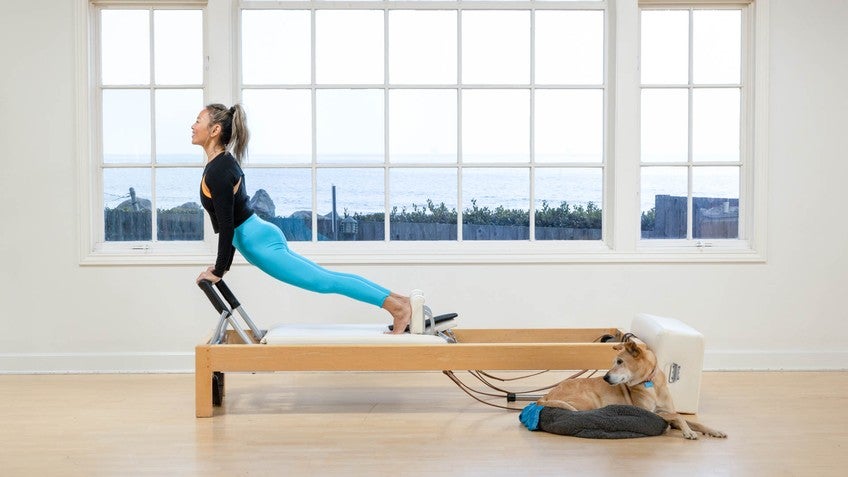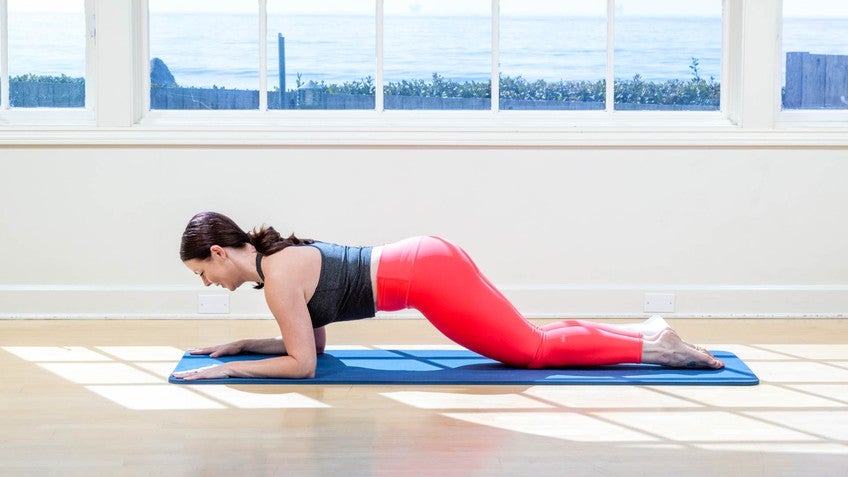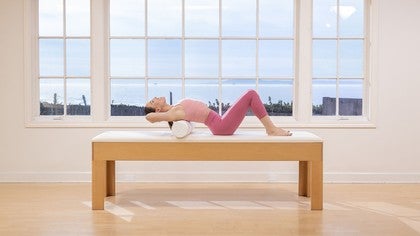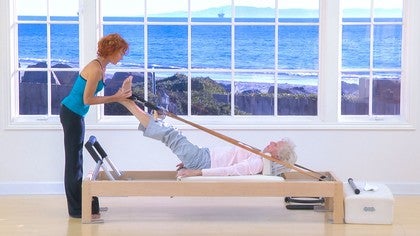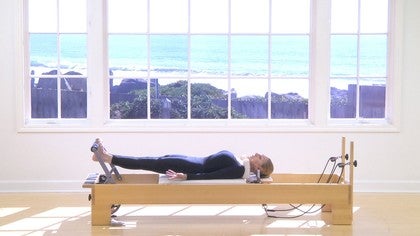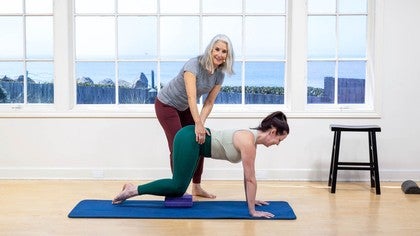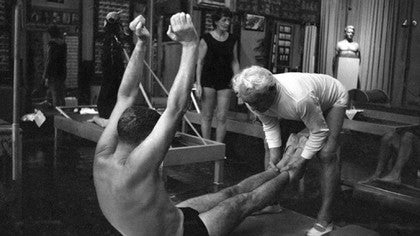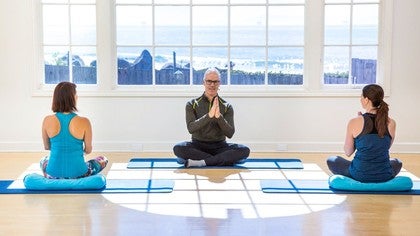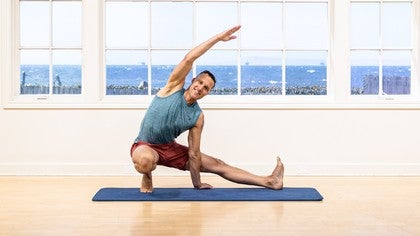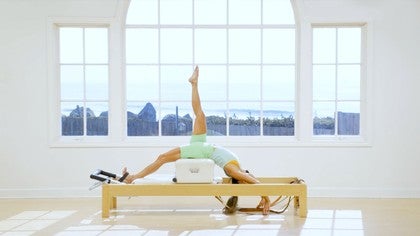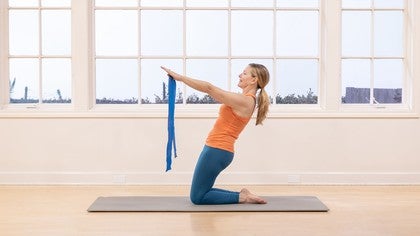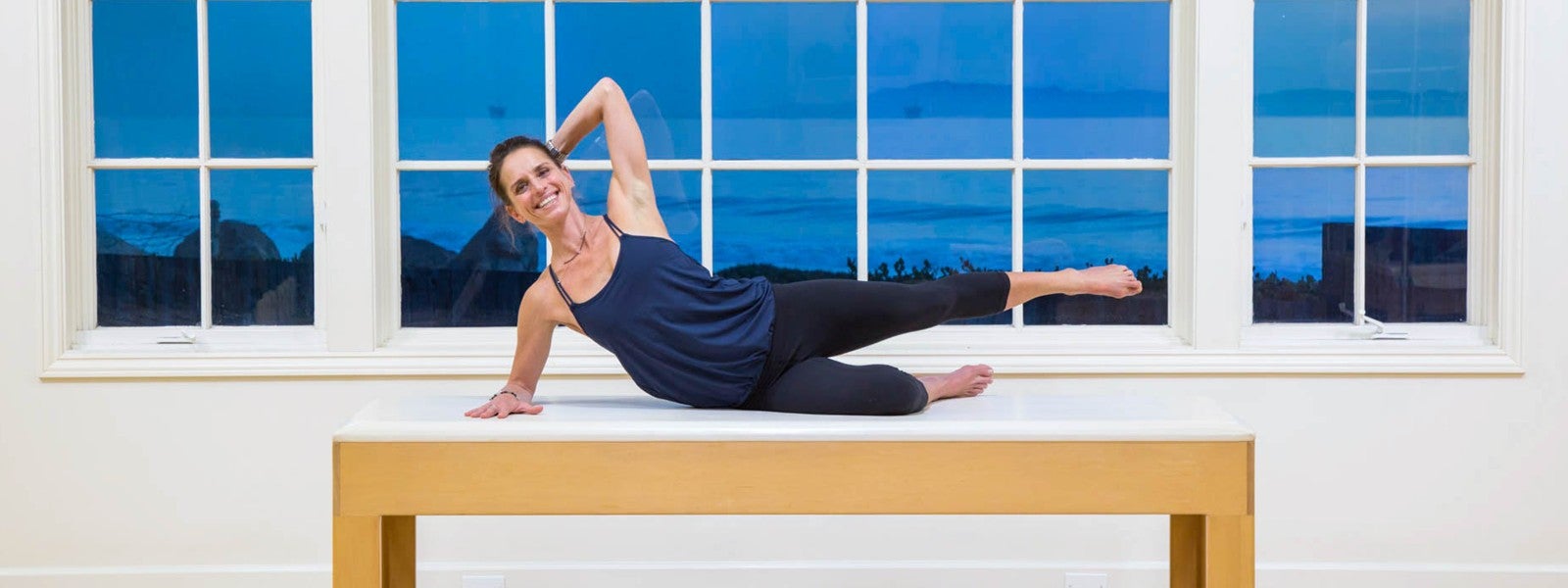
Pilates Tips and Modifications for Wrist Pain
According to Polestar Pilates teacher, Shelly Power, one of the most common complaints she hears from clients is wrist pain. This pain is particularly found in Mat classes, due to the weight bearing on the wrists.
What is the wrist and what causes pain?
To understand the origins of wrist pain, it is important to understand its structure. The wrist is made up of many small bones that connect the arm to the hand. In her tutorial, Modifying for Wrist Pain, Power notes that unlike other parts of the body, wrists lack muscular support. Instead, wrist bones rely on the forearm muscles to help the wrists flex forward and backward.
In addition to the forearm muscles, wrist support depends upon the lumbrical muscles, located in your hands and fingers. These muscles not only allow you to open and close your fist, but also to cup your hand to create a hollow space in your palm. The lumbrical grip is a key indicator to wrist health because the hollowness of this position prevents the weight of your body from sinking into your hands.
Modifications
Now that we understand the anatomy of the wrist, below are some tips and modifications from Pilates experts to reduce wrist pain.
Redistribute the weight in your hands
One of the most common ways to reduce wrist pain is by distributing the weight evenly around the hand as much as possible. With your hands on the Mat, such as in a Push-Up or Plank position, aim to disperse your body weight throughout your fingers so that you are not putting too much pressure on your wrists. Engaging our lumbrical muscles, cup your hand to create a hollow space beneath your palms. According to Power, the “co-contraction” of both the arm and hand muscles increases your strength and provides extra support. In her Wrist Pain Tutorial, Cathleen Murakami suggests you can also try this exercise on a wall, so that there is less pressure on your wrists.
Engage your shoulder muscles
Find ways to engage your shoulder muscles so that less weight bears on your hands. When in a quadruped position on your hands and knees, you may notice your back slumping toward the Mat. Power recommends you employ your shoulder muscles to lift your body up to give you the feeling of increased support.
Elevate the heel of your hand
Some of us struggle with chronic wrist pain, such as carpal tunnel, which commonly occurs when you are typing on a computer. In her Modifications for Wrist Issues tutorial, Amy Havens recommends you prop up the heel of your hand so that it is slightly higher than the fingertips. One of the ways you can achieve this lift is by folding the edge of your Mat or using a prop like a towel. This modification decreases flexion in your wrist so that the weight is more evenly distributed throughout the hand and shoulders. Furthermore, lifting the heel of your wrist alleviates wrist pain because it prevents the weight of your wrists from sinking down.
Reposition your hands on the Footbar
If you own a Reformer, pay attention to where you place your hands on the Footbar. Power advises that you do not set your hand on the Footbar too low. Rather, she recommends you place your hand on the top of the Footbar. By spreading your fingers in that direction, the co-contraction that occurs in your forearm muscles will cause less wrist pain.
Rely on your forearms and fists
In cases where wrist pain is more severe, Pilates teachers offer additional alternatives for increased support. A common solution is resting your forearms on the Mat. Power also suggests placing your forearms on a Reformer Box or Footstool. Havens notes that some advanced practitioners may opt to rely on your fists so that the weight bears on your knuckles instead.
What is great about these modifications is that you can participate in all the same Pilates exercises and maintain alignment with less stress on your wrists. Regardless of method, conditioning our grip and the surrounding muscles takes time. However, a consistent practice will build your endurance and strengthen your wrists so that you can remain on your hands with less pain.
Comments
You need to be a subscriber to post a comment.
Please Log In or Create an Account to start your free trial.
